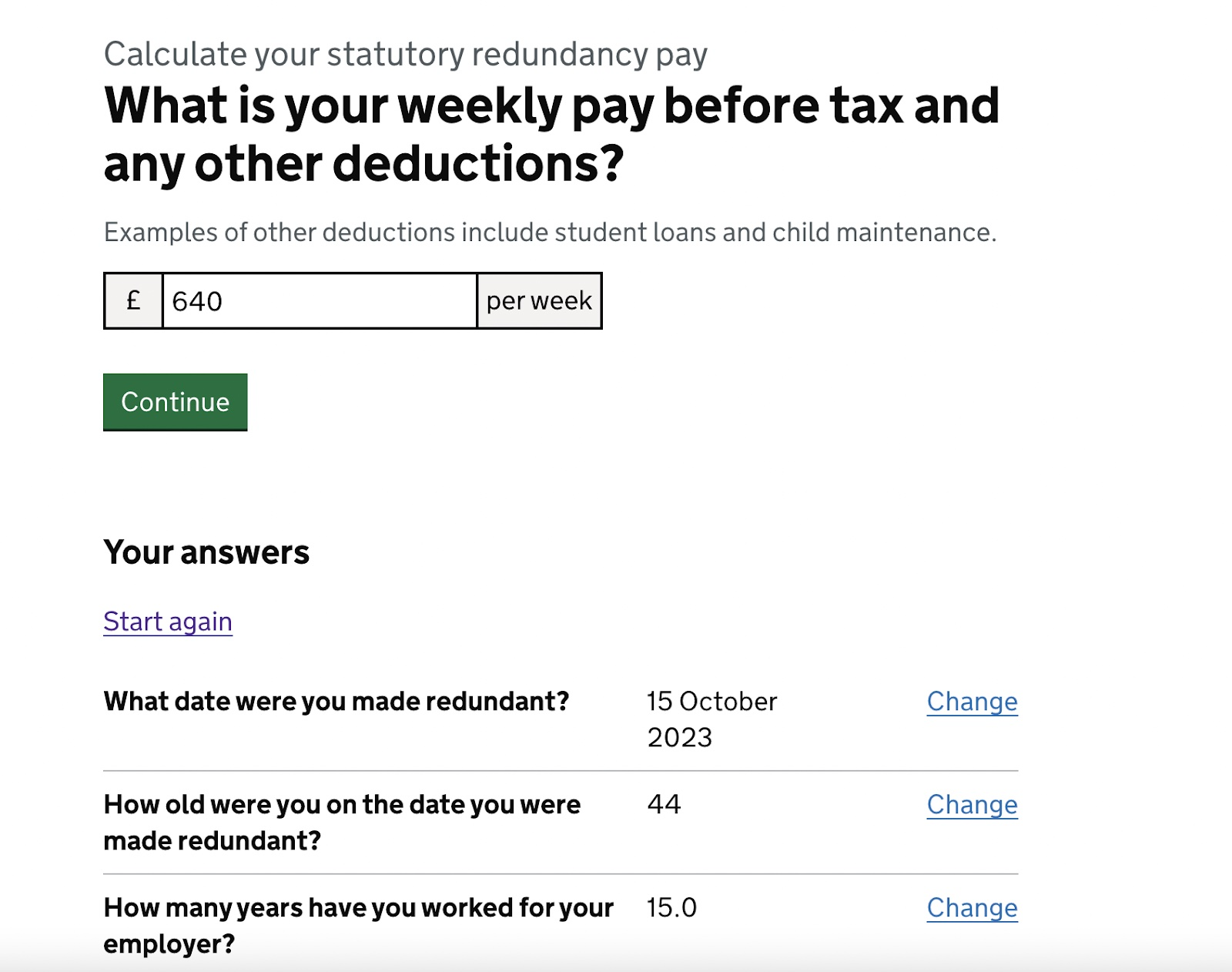Redundancy Pay If Company Goes Bust: Comprehending Your Privileges in the UK
Redundancy Pay If Company Goes Bust: Comprehending Your Privileges in the UK
Blog Article
Checking Out the Interaction Between Firm Redundancy and Organizational Adaptability for Future Growth
In the dynamic landscape of today's service world, the detailed partnership between firm redundancy and business adaptability becomes a crucial aspect for sustained development and success. Companies usually encounter the obstacle of striking a fragile equilibrium in between keeping a degree of redundancy to mitigate dangers and fostering flexibility to react promptly to the ever-evolving market needs. This fragile interaction holds the key to not just surviving in unstable times yet additionally flourishing despite uncertainty. As we check out the diverse dimensions of this interplay, fascinating insights into exactly how organizations navigate these intricacies to lead the way for future development await.
Importance of Company Redundancy
Firm redundancy is an important aspect that enhances business durability and mitigates functional dangers. By including redundancy actions within the business framework, companies can better stand up to unpredicted disturbances and variations in the company environment. Redundancy serves as a tactical buffer, permitting firms to adjust and react efficiently to unexpected challenges without compromising vital operations.
One key facet of the importance of company redundancy is its role in guaranteeing continuity during times of crisis. When encountered with unexpected changes or emergencies, redundant systems, resources, or employees can action in to keep crucial features and protect against extensive interruptions. This continuity not only safeguards the company's online reputation and consumer trust but also lessens monetary losses and operational downtime.

Techniques for Organizational Adaptability

One more crucial technique is buying modern technology and infrastructure that can support adaptability and scalability. Implementing digital tools, automation, and information analytics can simplify operations, improve effectiveness, and give important understandings for educated decision-making. In addition, creating adaptable organizational frameworks that permit fast modifications to market dynamics and customer needs is vital for staying competitive in a quickly advancing environment. By proactively identifying possible disruptions and opportunities, companies can proactively adjust and prosper in an ever-changing organization landscape.
Harmonizing Redundancy and Versatility
Accomplishing a harmonious equilibrium between functional redundancy and organizational flexibility is vital in browsing the complexities of a vibrant organization environment. Redundancy within a firm offers a safety internet, ensuring continuity and stability in procedures. However, an extra of redundancy can result his comment is here in inadequacies and prevent flexibility to altering market conditions. On the other hand, business flexibility permits firms to respond promptly to exterior disturbances and seize brand-new opportunities. Striking the best equilibrium between redundancy and flexibility is a fragile process that needs a deep understanding of the company's goals, sector dynamics, and threat tolerance.
To achieve this balance, firms need to perform routine assessments of their procedures to recognize areas where redundancy is essential for danger mitigation and where flexibility can drive technology and growth. Executing flexible frameworks, cultivating a society of continual learning and enhancement, and motivating open communication throughout all degrees of the organization are key strategies to balance redundancy and adaptability effectively. By aligning these 2 essential components, firms can position themselves for sustainable development and success in an ever-changing business landscape.
Study on Adaptation Success
In examining circumstances of Read Full Report effective organizational adaptation, it becomes obvious that the interaction between functional redundancy and flexibility is a specifying consider forming resilient organizations. One engaging study is that of Netflix. Originally a DVD rental solution, Netflix demonstrated exceptional versatility by transitioning right into a streaming platform when digitalization disrupted the market. By tactically purchasing technology and web content production, Netflix not only endured yet prospered in a quickly advancing market. An additional standout example is Amazon. Beginning as an on the internet bookstore, Amazon continually adjusted its company design, increasing into varied fields such as cloud computer and man-made knowledge. This adaptability allowed Amazon to stay in advance of competitors and satisfy changing customer needs. Finally, Adobe gives a noteworthy image of effective adaptation. The company shifted from marketing software licenses to a subscription-based design, making sure repeating revenue streams and enhanced customer interaction. These situation researches highlight the significance of operational redundancy coupled with organizational flexibility in fostering long-lasting growth and competition.
Structure Strength for Future Growth
Building durability for future development Learn More calls for a critical alignment of operational processes with market characteristics and emerging patterns. Firms need to adapt to altering settings by promoting a society of versatility, development, and constant enhancement.
In addition, cultivating strong partnerships with stakeholders, such as clients, employees, providers, and the neighborhood, is vital for weathering unpredictabilities and preserving depend on and assistance during turbulent times. Efficient interaction and transparency play an essential role in building resilience, as they aid line up assumptions and facilitate partnership in navigating uncertainties.
Moreover, organizations need to prioritize understanding and advancement efforts to upskill employees and equip them with the necessary devices to adjust to transforming conditions. By buying their workforce, companies can boost their flexibility and dexterity, eventually enhancing their strength for sustainable future development.
Verdict

In the dynamic landscape of today's service globe, the intricate partnership in between business redundancy and organizational versatility arises as a critical variable for continual growth and success. Business commonly deal with the challenge of striking a delicate balance in between maintaining a level of redundancy to mitigate threats and cultivating flexibility to react swiftly to the ever-evolving market demands.To achieve this balance, business require to carry out regular analyses of their operations to identify locations where redundancy is required for danger reduction and where flexibility can drive technology and growth.In verdict, the interplay between company redundancy and business versatility is critical for future growth. Building resilience via a mix of redundancy and versatility will certainly guarantee that firms are prepared for the difficulties of the future.
Report this page